Canon RF 14-35mm F4L IS USM Review
Dustin Abbott
October 27th, 2021
Back in 2014 I reviewed the then new Canon EF 16-35mm F4L IS USM and found it a serious breakthrough for Canon wide angle zooms. Both the EF 17-40mm F4L and EF 16-35mm F2.8L II had serious shortcomings, and the EF 16-35mm F4L IS solved most of them. It was also the first time that Canon put a stabilizer in a wide angle zoom like. Fast forward to 2021 where Canon’s EOS R mirrorless system is about three years old, and many of us had been wondering when a successor to the 16-35L IS would arrive for the RF mount. The answer is “now”, and that successor (the Canon RF 14-35mm F4L IS USM) has a few extra tricks up its sleeve, mostly notably a much wider angle of view at 14mm vs 16mm (114° vs 108°) and a much higher potential magnification factor of 0.38x vs 0.23x, though the former advantage will have to be take with a grain of salt (as we’ll see in a moment). Going as wide as 14mm is a zoom is a very big deal, though when you dive into the details of how Canon got there, you realize that there were a few compromises to accomplish it. One thing that wasn’t compromised (surprisingly) is the ability to use traditional screw in filters in a standard 77mm filter size. That enabled me to easily get some nice long exposures.
The RF 14-35L (as we’ll call it for brevity) has the capacity to deliver a lot of beautiful images, but those extra bells and whistles come at a price. Literally. The EF 16-35mm F4L IS was lauded for coming in at a reasonable price point of $1199 USD, but I’ve heard a fair bit of grumbling about the fact that the new RF 14-35L comes in at a much steeper $1699 USD. The problem, of course, is that if you want the F2.8 version (the RF 15-35mm F2.8L IS, which I reviewed here) you’ll have to shell out an even more breathtaking $2399 USD! Unfortunately that makes the RF 14-35L is the “value play” (unless you consider the Samyang/Rokinon AF 14mm F2.8, which I reviewed here). I’ve come to accept the reality that, at least for now, Canon shooters are going to have to be prepared to pay a premium for RF lenses. Essentially every RF mount L-series lens has come at a significant premium over its EF counterpart. You’ll have to pay that premium to get the RF 14-35mm F4L IS USM, but there’s no question you will get a very sharp, versatile zoom that can give you some amazing photos.
We’ll break down both the strengths and weaknesses in this review, as my feelings on the RF 14-35L are a little more complicated and nuanced than my coverage of the EF predecessor years ago.
There’s a lot to love here, but also some serious remaining questions as well. You can watch my long format definitive or standard video review below…or just keep reading!
Follow Me @ Patreon | My Newsletter | Instagram | Facebook | DA Merchandise | Flickr | 500px
Thanks to Camera Canada for loaning me this lens for review. They are my personal source for my gear and have been great to work with. As always, this is a completely independent review. *The tests and the photos shown in this review have been taken on my 45 MP Canon EOS R5.
Canon RF 14-35L Build and Handling
I was surprised when I looked up comparisons and discovered that the RF 14-35L was actually smaller and lighter than the older EF lens. This is impressive when you consider that the new RF lens goes significantly wider. At 84mm in diameter and 99mm in length, this is a reasonably compact zoom lens. It’s weight (544g) is moderate as well, making this lens significantly smaller and lighter than the F2.8 version (840g). You can see how the two compare here:
The RF 14-35L is a professional grade lens, with a high quality build that features advanced weather sealing. It starts with a robust gasket at the lens mount, roughly 11 internal seals, and a fluorine coating on the front element to help resist moisture and fingerprints. Wide angle lenses are frequently used outdoors, which makes quality weather sealing very important.
This is a lens with a constant maximum aperture of F4, and, while that isn’t a particularly large maximum aperture, I am more tolerant of slow apertures in wide angle lenses than in other focal lengths (save long telephoto, where F4 becomes a “fast” aperture). Many applications for wider focal lengths involve using smaller apertures anyway (landscapes, architecture, etc…) and only wedding photographers and photojournalists are likely to actually need a faster F2.8 lens. There’s a reason that the EF lens was so popular; most landscape photographers were perfectly happy with an F4 lens that was lighter to take into the field and lighter on their wallets as well. I suspect that feeling will hold true here as well.
Like other RF mount zooms, the RF 14-35L has three distinct rings on it. Closest to the lens mount is the zoom ring. It is the widest of the three and has an ergonomic bevel to it that makes it easy to find by feel. The zoom action has nice weight and smoothness, though it has another design element that I don’t love. It isn’t an internally zooming lens, so the lens barrel extends slightly (about 1 cm). That in itself isn’t a big deal, but what I don’t love is that the zoom action is “rocker style”, where the fully retracted position is in the middle of the zoom range (about 22mm), with the lens roughly equally zoomed out at either the wide or telephoto ends. My instinct is to retract the lens to the 14mm position (the traditional spot), but that ends up with the lens slightly extended. A minor thing, perhaps, but not a design element I enjoy.
The middle ring is the focus ring, which moves smoothly and with decent damping for a “focus-by-wire” lens. All mirrorless autofocusing lenses employ this manual focus method, which routes input on the focus ring through the focus motor. I thought I could detect the slightest amount of lag when moving quickly, but it was so faint that I couldn’t quite be sure. The focus ring does end up getting squeezed between the two other rings, so it is the least easy to find by touch because there is very little distance between it and the other rings (the zoom ring in particular).
The final ring is the control ring, a feature unique to RF lenses. It utilizes a unique diamond texture pattern that allows you to easily find it by touch. You can choose what function to assign to that ring, and it does have faint detents (clicks) as you rotate it, which gives you tactile feedback so that you know the changes you are making. Canon says this, “For photographers and moviemakers who would prefer a silent control ring, the clicking mechanism can be removed at a Canon Factory Service Center location for a fee.”
Like other RF lenses, the RF 14-35L does employ the 12 pin communication that allows Canon to do more with the RF mount, which is part of what enables the existence of this lens.
This lens does have Canon’s IS (Image Stabilization), and it is a highly effective application. The lens IS is rated up to 5.5 stops (which is very high!), but in theory you can reach as high as 7 stops when paired with the In Body Image Stabilization (IBIS) of certain Canon cameras, like the EOS R5 I did this test on. I’ve never been able to realize those kind of figures myself, though I was able to get about a 40% keeper rate on this shot at 0.6 seconds and 35mm, which is between 4 and 5 stops of stabilization.
I don’t frankly see a lot applications for handholding slower shutter speeds than this, but what mattered more to me is that I was able to get very steady handheld video shots. That’s primarily static shots or shots with small, controlled movements. Walking with the bare lens doesn’t have the same smoothness as gimbal footage, though it is much better than without stabilization! The stabilization is otherwise very mannerly and quiet. It gets the job done very nicely and adds to the usefulness of the lens in lower lighting conditions, like this:
You can focus down as closely as 20cm (right under 8″) and can get a class leading 0.38x magnification at 35mm. This is mostly due to being about to get about 8cm closer than previous Canon wide angle zooms. That’s a very useful figure, though 35mm is the not the strong end of the focal range optically, so closeups lack a little contrast. Here’s a look at the degree of magnification at MFD:
That’s definitely close enough to allow you some extra creativity.
If you back up a little more, you can still get nice magnification along with improved contrast, like this shot:
Definitely a useful addition to the lens, and it easily surpasses the 0.21x of the RF 15-35mm F2.8L or the 0.23x of the older EF 16-35mm F4L IS.
Like most other equivalent Canon zooms, there are nine rounded aperture blades in the aperture iris. This seems to keep a fairly circular shape as you stop the lens down, though that maybe isn’t as important on a wide angle lens. Arguably more important is if you can produce nice sunbursts with the lens stopped down to smaller apertures, and fortunately I think the answer is yes. I quite like the look the sunbursts even if they are a bit busy:
The lens is made of a tough polycarbonate with a very fine flocking. It is not quite a matte finish, but close to it. My experience with these L series lenses is that they hold up very well over the long haul, and it’s not unusual for photographers to have used them for 10-20 years and they still look fairly good. The only other features on the lens is a small bank of two switches, an AF/MF switch and a ON/OFF for the IS.
There are no modes here, but Canon does say that the IS will automatically detect panning action and adjust accordingly.
All told, this is a nicely made lens that does a great job of mixing professional grade build quality with reasonable size and weight. This will undoubtedly continue to be a major selling feature for those who want to travel, hike, or go on safari with a wide angle lens.
Canon RF 14-35mm F4L IS Autofocus Performance
The RF 14-35L employs my favorite Canon focus system – Nano USM. This is a focus motor similar to what Sony calls a Linear Motor, which drives the focus group of elements back and forth rather than rotating them. This is a great application here, as focus is very fast, very quiet, and accurate. I screwed on a ten-stop ND1000 filter and focus was still essentially instantaneous for this shot.
I can definitely remember the days when autofocus simply wasn’t an option in this kind of situation, but those days are long gone.
I was able to easily get accurate focus results in my various adventures with the lens, including close focus situations.
As is sometimes the case with wide angle lenses, Eye AF is a bit of a mixed bag. Often the eye doesn’t occupy a large enough portion of the frame to get real time tracking, though often the depth of field is deep enough that it renders this a moot point. Still, I wasn’t always happy with the performance with humans in the frame. This shot of my sons and I turned out fine:
…but this shot of my daughter and I a few minutes later is clearly front focused despite having two sets of eyes clearly facing the camera:
This shot of our dog was very nicely focused as well.
My video results were also good. Focus pulls were quiet and smooth, with a well damped feeling that wasn’t too fast or twitchy. I saw minimal focus breathing and heard only the faintest of sounds in a perfectly quiet environment during major focus changes. The microphone didn’t really pick up anything, so this will be a non-issue in real world video work.
Overall my experience with autofocus was very positive, but I did have a few misses with humans in the frame (beyond what I’ve shown here). That surprised me, frankly, as eye detection seems to be pretty much the most reliable autofocus method these days. I suspect that autofocus will typically work very well for you, however, and often with wide angle lenses so much is in focus that it’s hard to miss!
RF 14-35L Optical Performance
As I noted in the introduction, my feelings about the optical performance here are a little nuanced. The optical formula is 16 elements in 12 groups, with three of those being UD-glass elements along with three Aspherical elements (Includes one UD Aspherical lens element). Ironically, my biggest complaint about the EF lens was that it was so good that it was almost boring. It was particularly exotic or exciting. Because the RF 14-35L goes as wide as 14mm, it does deliver a more exotic optical performance…but that comes with some risks. Canon has overcome some but not all of those obstacles as we will see. What’s not up for debate, however, is the sharpness of the lens. It is a very sharp lens and really delivers highly detailed images.
In fact, when I compared my results from the 15-35mm F2.8L IS that I reviewed last year, I found that the 14-35mm results were clearly better at equivalent apertures. That made me curious, so I looked up Canon’s MTF charts for the two lenses and found that yes, the RF 14-35L is the sharper lens of the two, and bests the EF 16-35mm F4L IS pretty handily, too.
That’s very impressive considering that Canon A) increased the zoom range and B) didn’t increase the lens size.
In many ways I’m impressed with the image quality, but there are a few obvious places where Canon’s engineers cut corners, too. The first and most obvious became very apparent to me because A) I’m a RAW shooter and B) there isn’t yet an automatic profile for RAW files in Lightroom. Profile or not, I always test lenses without profile corrections to determine what is optical performance and what is software corrections. In this case, at 14mm, there is a LOT of software assistance to get the final image. I was very surprised to see this in real world images:
Note those corners? That is actually mechanical vignetting, or a place where the lens actually doesn’t quite cover the full frame image circle. What you are are seeing is part of a lens’ circular opening iris that didn’t quite cover the rectangular sensor, so only the corners show dark. This isn’t lens vignetting in the traditional sense, as something physical is actually blocking light from reaching that portion of the sensor. Unlike typical vignette, this mechanical vignette will be there regardless of what aperture you choose; it is just as strong at F8 as it is at F4. I’ve seen this with superzoom or cheaper lenses, but I can’t recall seeing this on a professional grade zoom.
So let’s dive in a see what’s going on. Below is a sequence of three images, though this is actually all the same image. The first is the RAW file as it arrived in Lightroom (though with a white balance correction; the R5 is [for some reason] really terrible with the auto white balance on my test chart), the second is my attempt at manually correction the image, and the final is the JPEG image as it was corrected in camera.
Of the three, the JPEG is clearly the cleanest, though if you compare it to the previous images, you will see just how much of the frame is lost to achieve that final correction. What you see in the JPEG was how I framed the chart in camera, but the resulting RAW file was very loose in the frame because of how much space Canon is leaving for correction of both the heavy distortion and the various vignette issues. The distortion is extremely heavy; it required a +34 to achieve this manual correction, and it is also is not linear, so that results in a “mustache” pattern left behind. The standard correction profile obviously does a much cleaner job on the JPEG, and will on RAW images as well when that profile arrives.
I said “various vignette issues” as there are actually two separate issues here. The mechanical vignette issue can only be solved via cropping, as there is no picture information under that pure black in the corners. The traditional distortion is also very heavy, however, requiring me to max out the vignette slider at +100 and sliding the midpoint to zero. We are talking at least 3 stops of vignette, perhaps a bit more.
The heavy need for corrections also plays a bit of havoc with the focal length. On paper, the 14-35L is actually bit wider than the Samyang AF 14mm F2.8 prime lens which I used for comparison as it is the only other RF mount 14mm lens I had on hand. I put both lenses on a tripod and shot a brick wall scene to test width. Sure enough, the uncorrected image from the RF 14-35L is wider, though with some major problems, as you can see.
But I grabbed the corrected JPEGs from both lenses, and found, unsurprisingly, that now the Samyang’s image was actually wider. There are blocks showing on Samyang image (right) that are completely clipped off on the Canon’s image. I would say the corrected image from the Canon probably behaves more like a 15mm lens. I have to confess that all of this definitely bugged me on lens priced at $1700 in the US and $2250 here in Canada.
This will diminish the effectiveness of the 14-35L for things like real estate or architecture.
The good news is that things really improve as soon as you zoom in a bit. By 24mm there is next to no distortion, though the natural vignette remains extremely high (a feature of all Canon wide angle zooms since the EF 16-35L III). I needed a +91 to correct, so still near 4 stops in the corners.
Distortion remains mild at 35mm, with a bit of pincushion distortion. I corrected it with a -5. Vignette is milder, so a +49 corrected things fine. I still needed to pull the midpoint all the way to zero as the vignette increases very deep into the frame.
So a bit of rough start here, though things start looking much rosier after this. Incidentally, it was obvious in my Samyang/Canon comparison above that the Canon result was MUCH sharper. Sharpness in a landscape oriented lens is a big deal.
There is a bit of fringing at close distances on high contrast subjects, and the surface aberrations do come at the cost of a bit of sharpness.
This image in less extreme situations looks great, however.
Longitudinal CA in wide angle lenses is rarely a big deal, however, as you typically won’t have much out of focus anyway. Lateral chromatic aberrations are typically the weak point for wide angle lenses, but I didn’t see any issue with this in either my chart tests or real world shots.
You might have noticed in that crop that even on the very edge of the frame this lens is incredibly sharp. Love it! Let’s move on to testing that sharpness. Here’s a look at my test chart that the subsequent crops will from.
Here are 14mm crops from the center, mid-frame, and corner at F4 (all tests on the 45MP sensor of the EOS R5):
Obviously that’s an amazing result, and one that the more-expensive 15-35mm F2.8L can’t match.
There’s a bit more contrast on detail on tap at F5.6, but the RF 14-35L is sharp enough that you can use aperture for depth of field; there’s not really any need to stop down for increased sharpness.
I love the fabulous detail in my images.
Minimum aperture is F22, though diffraction will really soften images due to the high resolution of the EOS R5’s sensor. It will be a little less obvious on the EOS R6, but I would avoid F22 where possible.
The 20mm range on the RF 14-35L is great. The extreme distortion has disappeared but the stunning sharpness remains. Look at how sharp the lens even on the edge of the frame…and at 200% magnification:
Very impressive!
Real world images are stunning in this range:
24mm remains excellent, with arguably even more sharpness in the center but with a tiny bit less sharpness in the corners.
Stopping down will give you a bit more, and real world images are incredibly sharp.
28mm looks very similar to 24mm in terms of performance, which is to say very good.
The reign of excellence ends at 35mm, however, which (at least on the copy I tested) is considerably worse than the rest of the zoom range. You can see significantly reduced contrast when comparing to 28mm:
Stopping down doesn’t produce radically better results in the corner in terms of acuity, though contrast does improve a bit. Here’s a real world shot at F6.3, and you can see that while the center is pretty good (and the image overall is credibly sharp), the edge crop shows significant softness.
An F4 lens is never going to be a top pick for shooting astrophotography, but the RF 14-35L does a good job for what it has (though that vignette is a pain!). Coma is well controlled, and star points are nice and crisp across the frame.
A wide angle lens with a maximum aperture of F4 isn’t going to be a big “bokeh lens”, but you might be surprised. The close focus abilities allow you to get pretty nice bokeh results when you’re up close.
If you are backed up a bit from your subject, depth of field will get deep quickly, so bokeh simply won’t exist. Still, I felt like my up close shots looked nice.
Canon colors are generally pretty great, and I think that’s the case here. I generally liked the images I got with the lens.
I didn’t really see any issues with flare during the course of my review. I put the sun in the frame a number of times and never saw anything that turned me off.
Here’s another example:
As noted, this is a more complicated optical performance than the EF version. It is both better and worse. It’s sharper and more dynamic due to the wider focal range, but it also has more flaws (distortion and vignette). If you are shooting landscapes, you probably won’t have any problem, but I can’t really recommend the lens for architecture or interiors. Feel free to check out more images and draw your own conclusions by visiting the image gallery here.
Conclusion
My review of the Canon RF 14-35mm F4L IS USM has been more complicated that I expected. I fully expected this one to be extremely straightforward, much like my review of the EF 16-35mm F4L IS. What I found is a more flawed lens that remains very intriguing nonetheless. The first bit of controversy is the price tag, which at $1699 USD is a significant premium over the EF version’s $1199 USD. If you’ve been paying attention to Canon’s RF pricing, this probably isn’t all that shocking, however, as the premium lenses thus far have all been priced significantly higher than their EF equivalents. Not shocking, then, but still disappointing. I’ve heard some negative rumblings from my audience over this price point. Also controversial is the way that they handled the wide end, as it might have been safer to just produce a 15mm wide end without the mechanical vignette and extreme distortion. But I do commend Canon for taking risks, and for landscape photography these things aren’t necessarily deal breakers.
But there’s a lot on the positive end of the scale, too. This is an incredibly sharp wide angle lens essentially everywhere but at 35mm. It handles the 45Mp of resolution on my EOS R5 with aplomb and delivers wonderfully detailed images with great contrast and color. Flare resistance is excellent, and even coma is well handled. It is fairly compact and lightweight and the image stabilization is very effective as well.
I also really liked the images I got, and once the profile for RAW files arrives, the main defects of the lens will be nicely masked. I still think this is going to be a great option for those looking for a lightweight, versatile, and sharp wide angle zoom to take on hikes, trips, and into all kinds of shooting environments due to having great weather sealing. Canon took on a very ambitious zoom range here, and while they didn’t overcome every single obstacle, they have managed to give us a dynamic lens that is good at a lot of things. The Canon RF 14-35mm F4L IS USM is a welcome addition to the RF lineup…warts and all.
Pros:
- High grade of build
- Reasonably compact and light
- Professional grade of weather sealing
- Goes to 14mm!
- Retains ability to use screw-in filters
- Image Stabilizer works effectively
- Canon’s sharpest wide angle zoom yet
- Beautiful color and great contrast (save at 35mm)
- Chromatic aberrations well controlled
- Good flare resistance
- Good coma control
- High level of magnification
Cons:
- Price hike from the EF version
- Fully retracted position in the middle of the zoom range
- Focus ring hard to find by feel
- Mechanical vignette at 14mm
- Heavy vignette through a lot of the range
- Heavy distortion at 14mm
Gear Used:
Purchase the Canon RF 14-35mm F4L IS @ B&H Photo | Amazon | Camera Canada | Amazon Canada | Amazon UK | Amazon Germany
Purchase a Canon RF 15-35mm F2.8L IS @ B&H Photo | Amazon | Camera Canada | Amazon Canada | Amazon UK | Amazon Germany | Ebay
Purchase a Canon EOS R5 @ B&H Photo | Amazon | Camera Canada | Amazon Canada | Amazon UK | Amazon Germany | Ebay
Purchase a Canon EOS R6 @ B&H Photo | Amazon | Camera Canada | Amazon Canada | Amazon UK | Amazon Germany | Ebay
Buy DA Merchandise https://bit.ly/TWIMerch
Purchase a Sony a7C @ B&H Photo | Amazon | Camera Canada | Amazon Canada | Amazon UK | Amazon Germany | Ebay
Peak Design Leash Strap: Peak Design Store | B&H Photo | Amazon | Amazon Canada | Amazon UK
Adobe Photoshop Creative Cloud 1-Year Subscription
Exposure Software X6 (Use Code “dustinabbott” to get 10% anything and everything)
Visit Dustin’s Amazon Storefront and see his favorite gear

Purchasing your gear through B&H and these links helps fund this website and keeps the articles coming. You can also make a donation here if you would like. Visit my Amazon page for some of my gear of choice! Thank you for your support.
Great News! I can now offer a 5% discount on all purchases at Amplis Foto, Canada’s Leading Photographic Supplier. Please enter discount code: AMPLIS52018DA in your cart. It is good for everything in your cart, and is stackable with other coupons, too! It will take 5% off your entire order! Proceeds go towards keeping this site going and providing you with new reviews!
Check me out on: My Patreon | Sign Up for My Newsletter | Instagram | Facebook | Twitter | Flickr | 500px | Google+ |
Purchase the Canon RF 14-35mm F4L IS @ B&H Photo https://bhpho.to/3aUl8Tl | Amazon https://amzn.to/2ZiaByS | Camera Canada https://shrsl.com/37o6x | Amazon Canada https://amzn.to/3G8oMXW | Amazon UK https://amzn.to/3Gh5pfF | Amazon Germany https://amzn.to/3vx7Oh3
Keywords: Canon RF 14-35mm F4L IS, Canon RF 14-35mm F4L IS Review, Canon RF 14-35 Review, Canon 14-35, 14-35mm, RF 14-35, 14-35L, 14-35mm, F4L, IS, USM, Review, RF 14-35L Review, Canon EOS R5, EOS, R5, EOS R5, mirrorless, full frame, EOS R5 Review, Canon R5 Review, Canon EOS R5 Review, Dustin Abbott, Real World, Comparison, Handling, Astro, Astrophotography, Focus, Portraits, Resolution, High ISO, Image Quality, Sample Images, Photography, Astro, 45Mp, RF 15-35mm F2.8L IS, Canon
DISCLAIMER: This article and description contains affiliate links, which means that if you click on one of the product links, I’ll receive a small commission. As an Amazon Associate I earn from qualifying purchases.










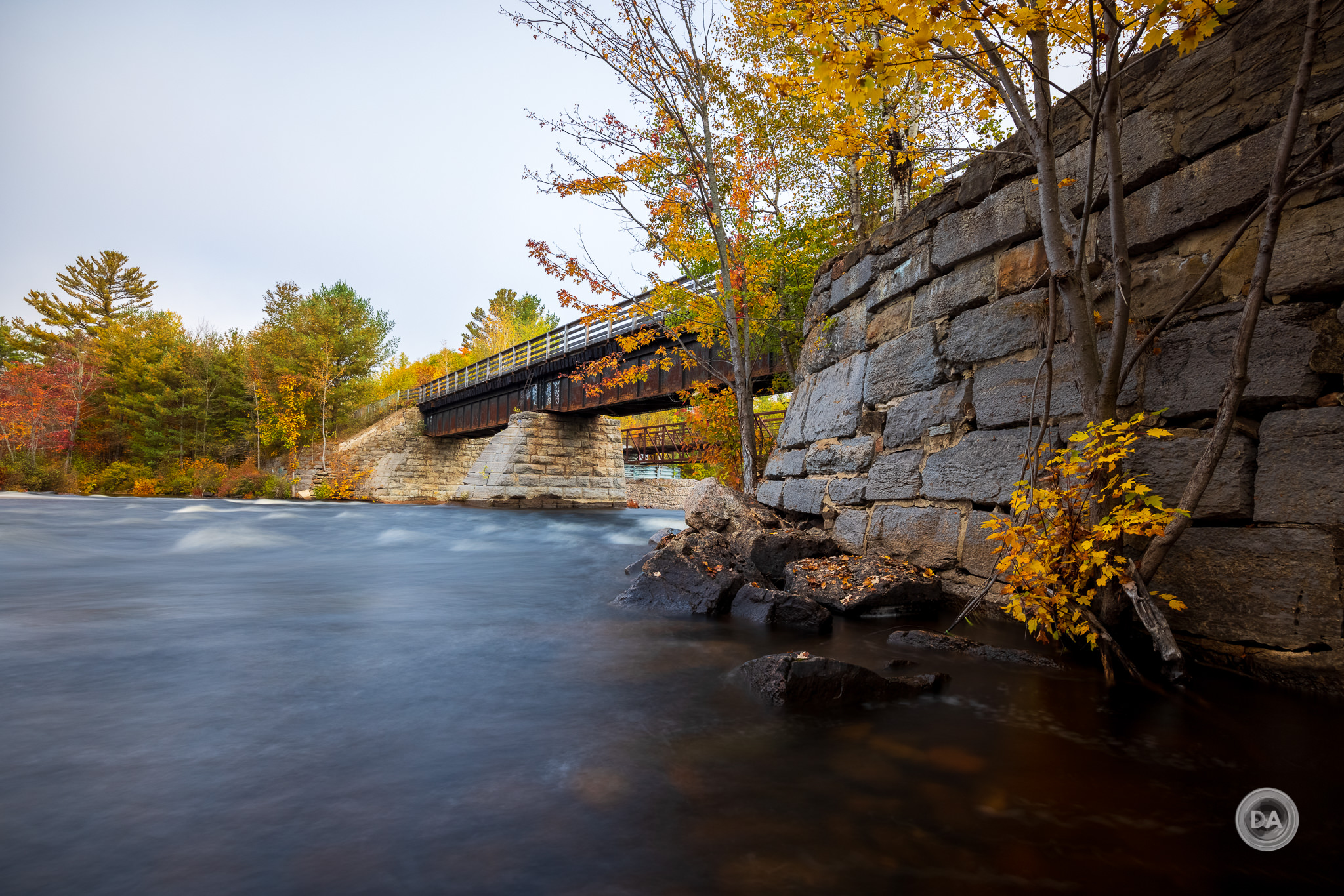

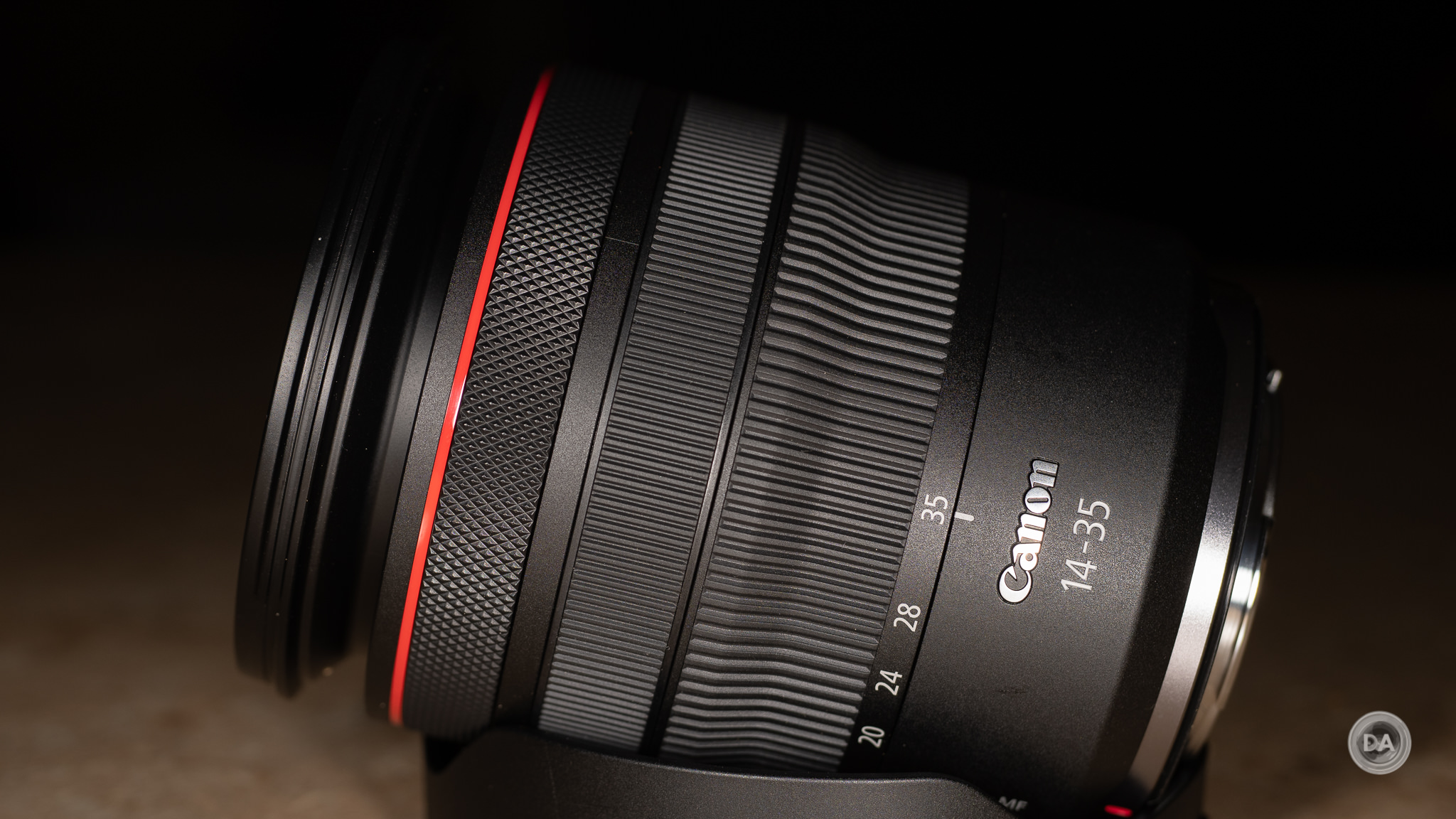
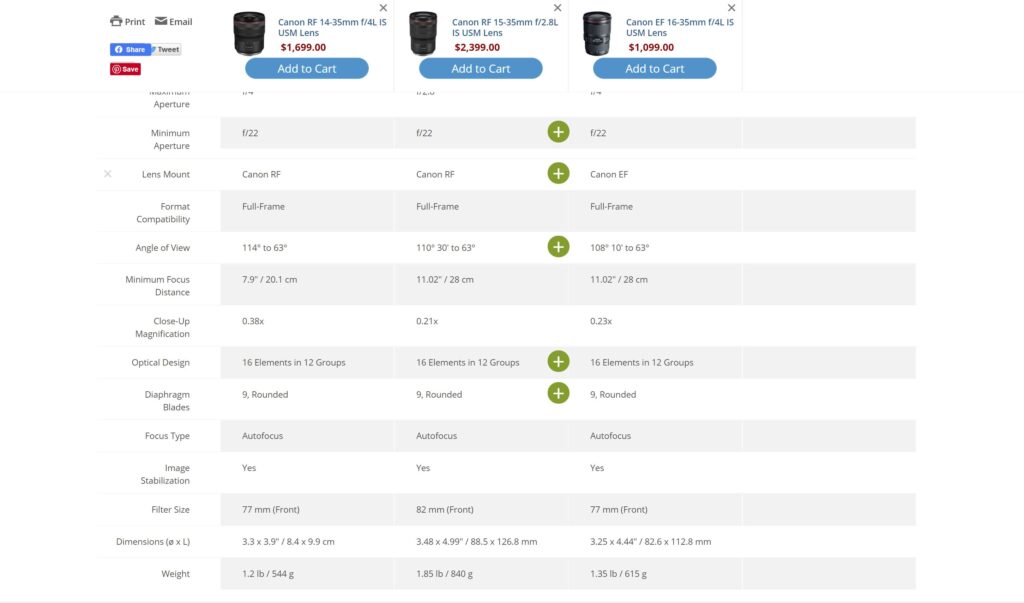
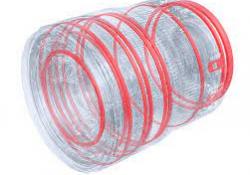
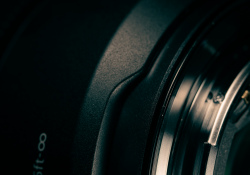
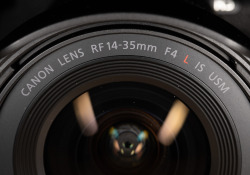
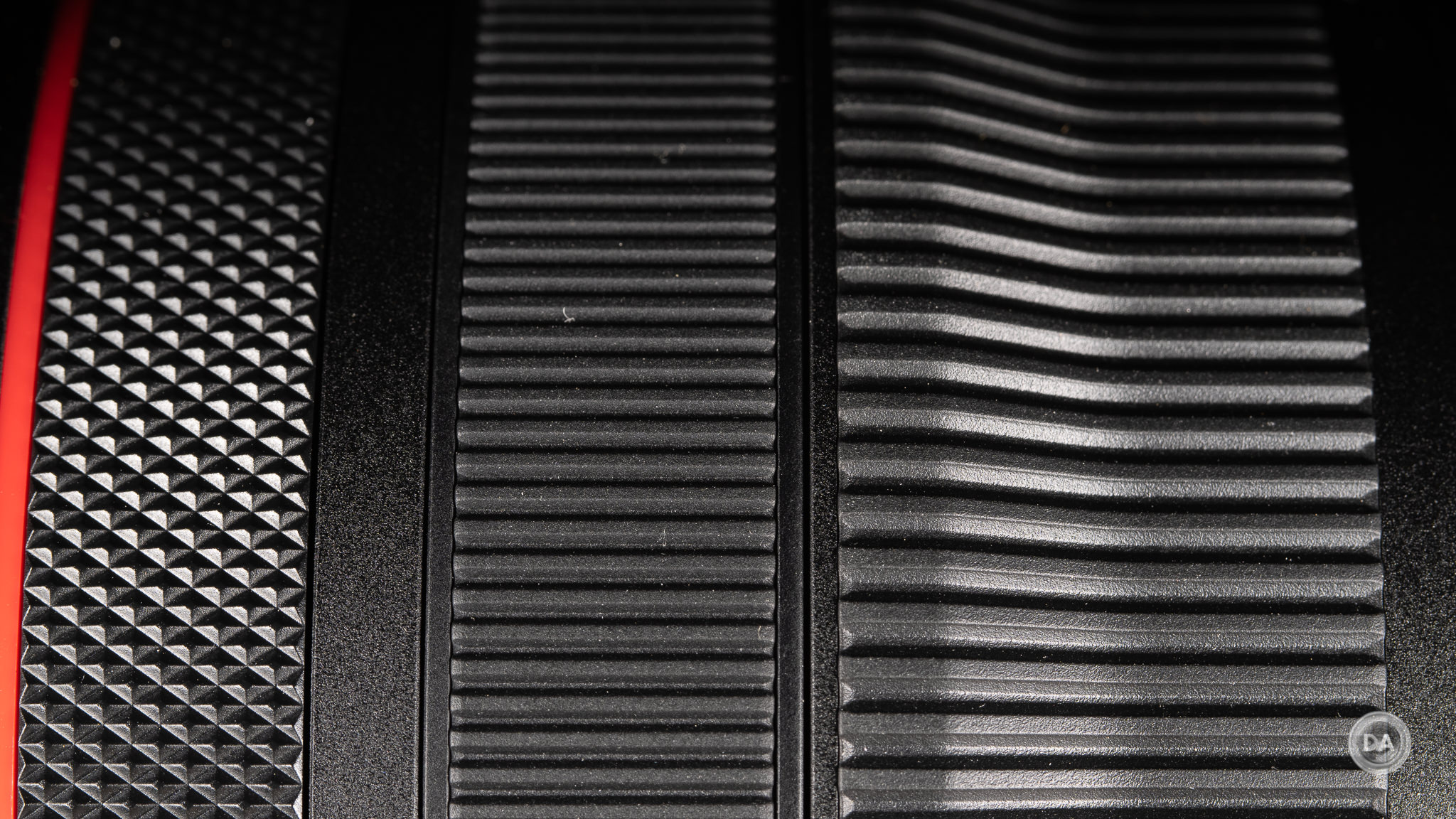

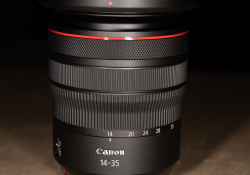
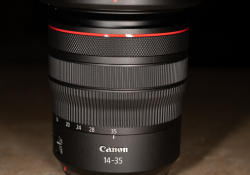
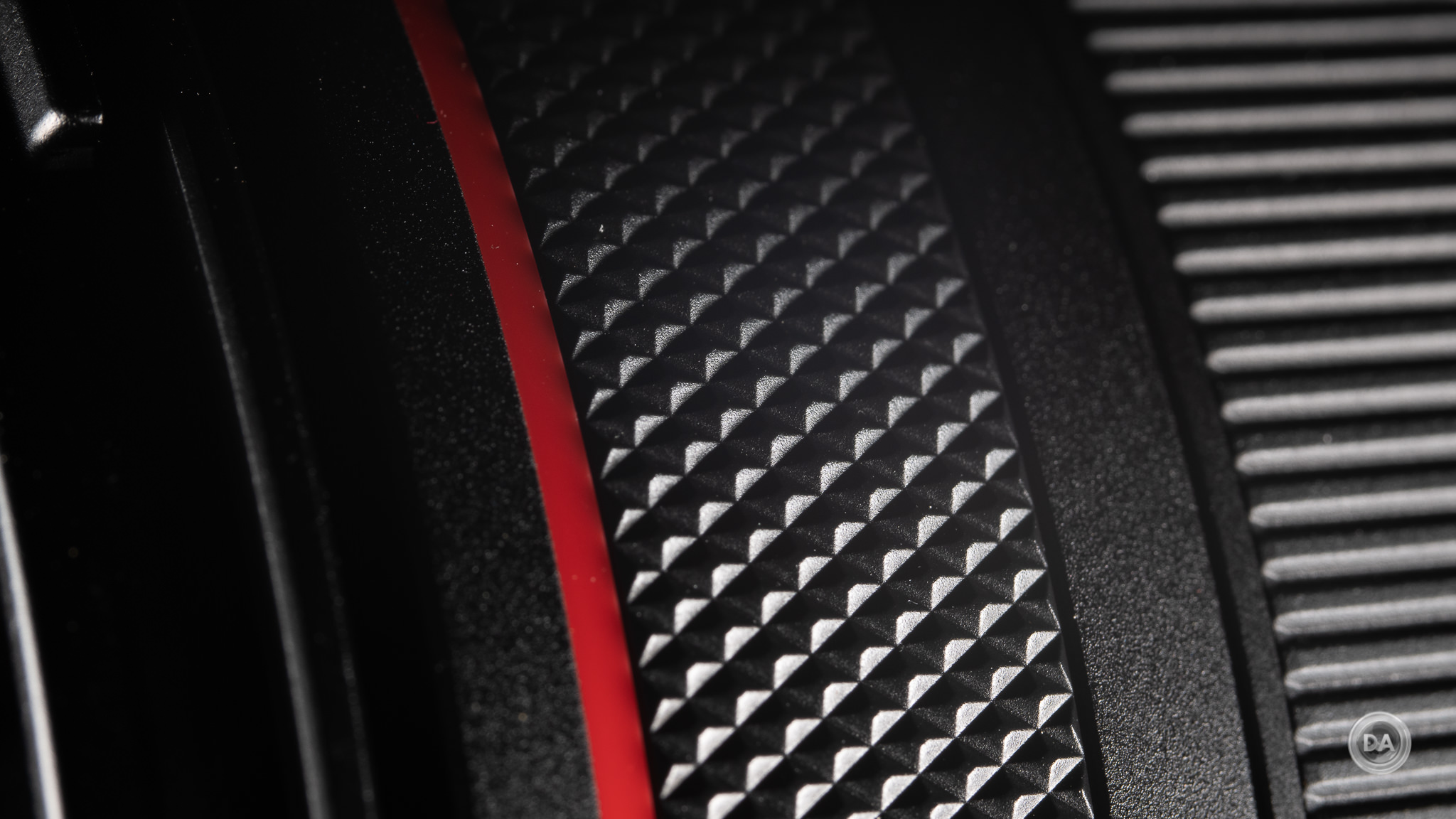
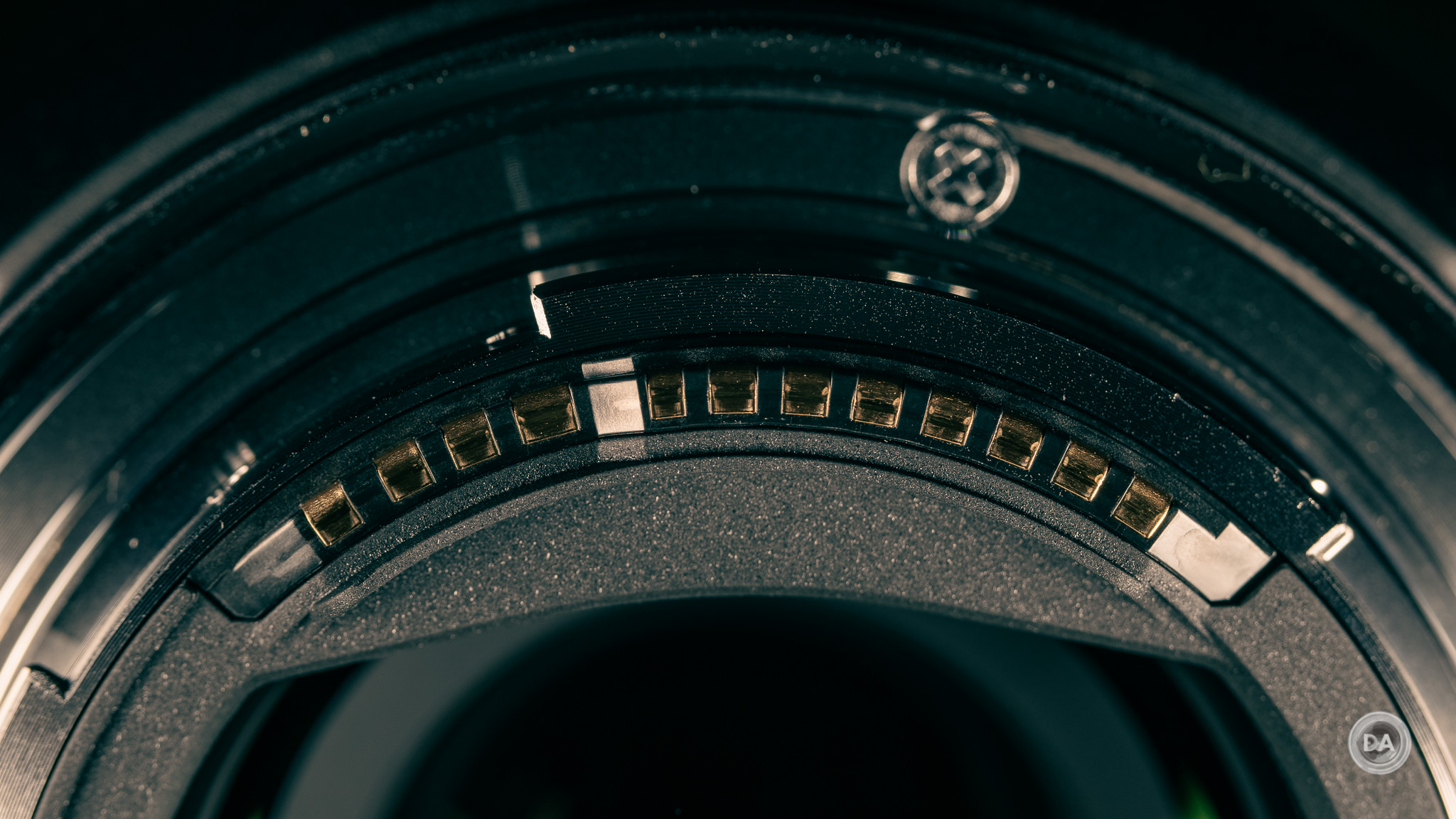





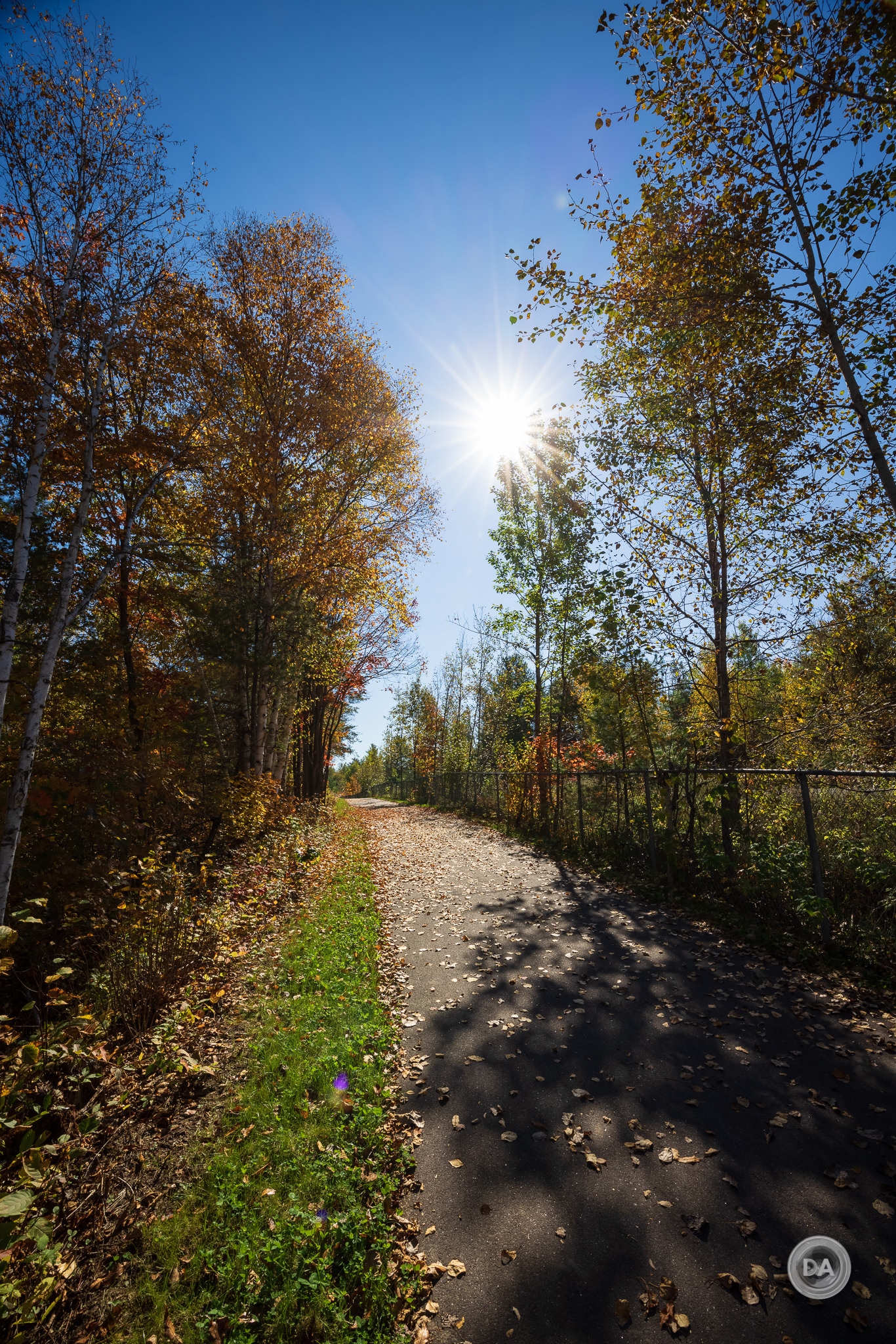
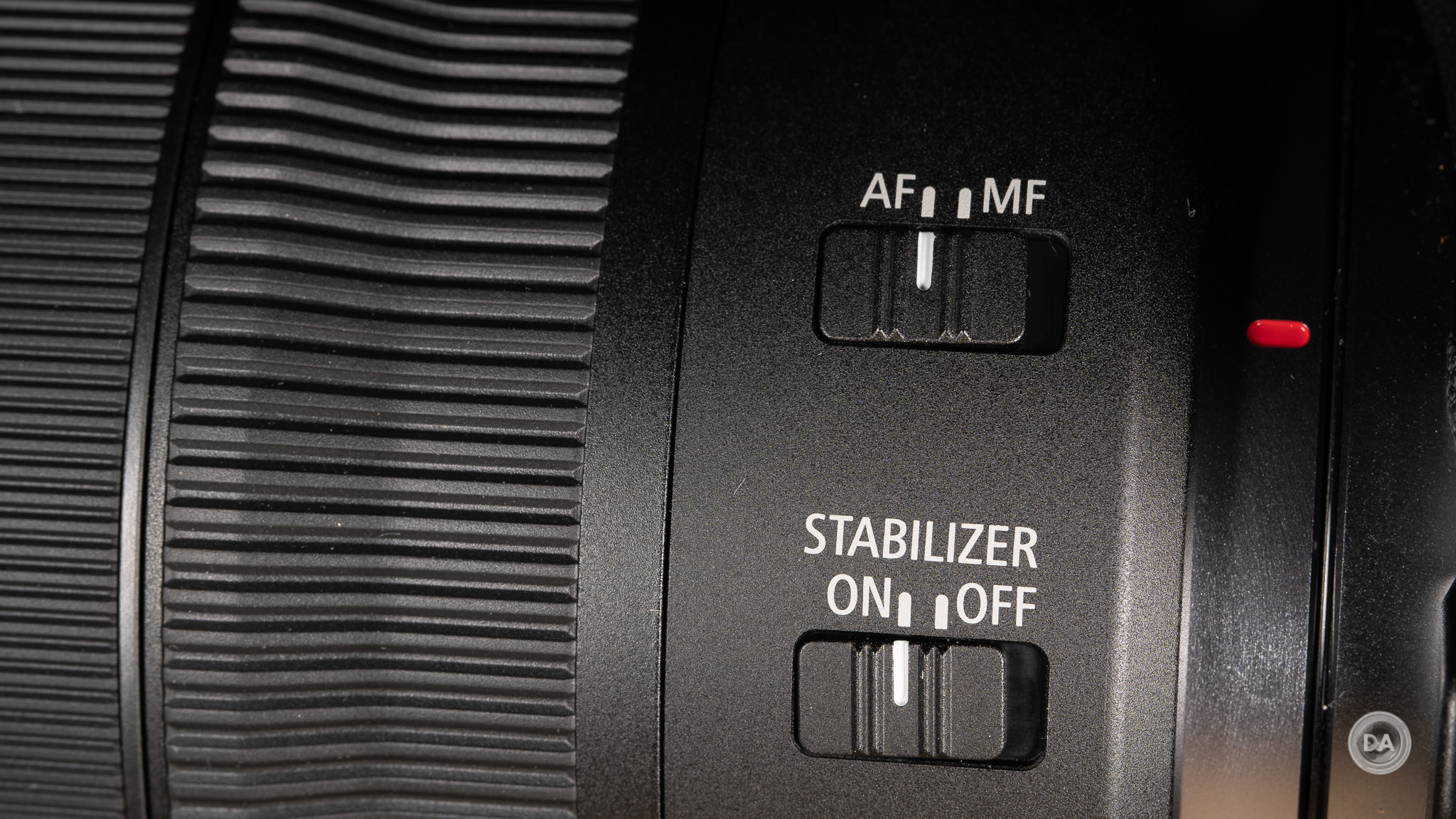
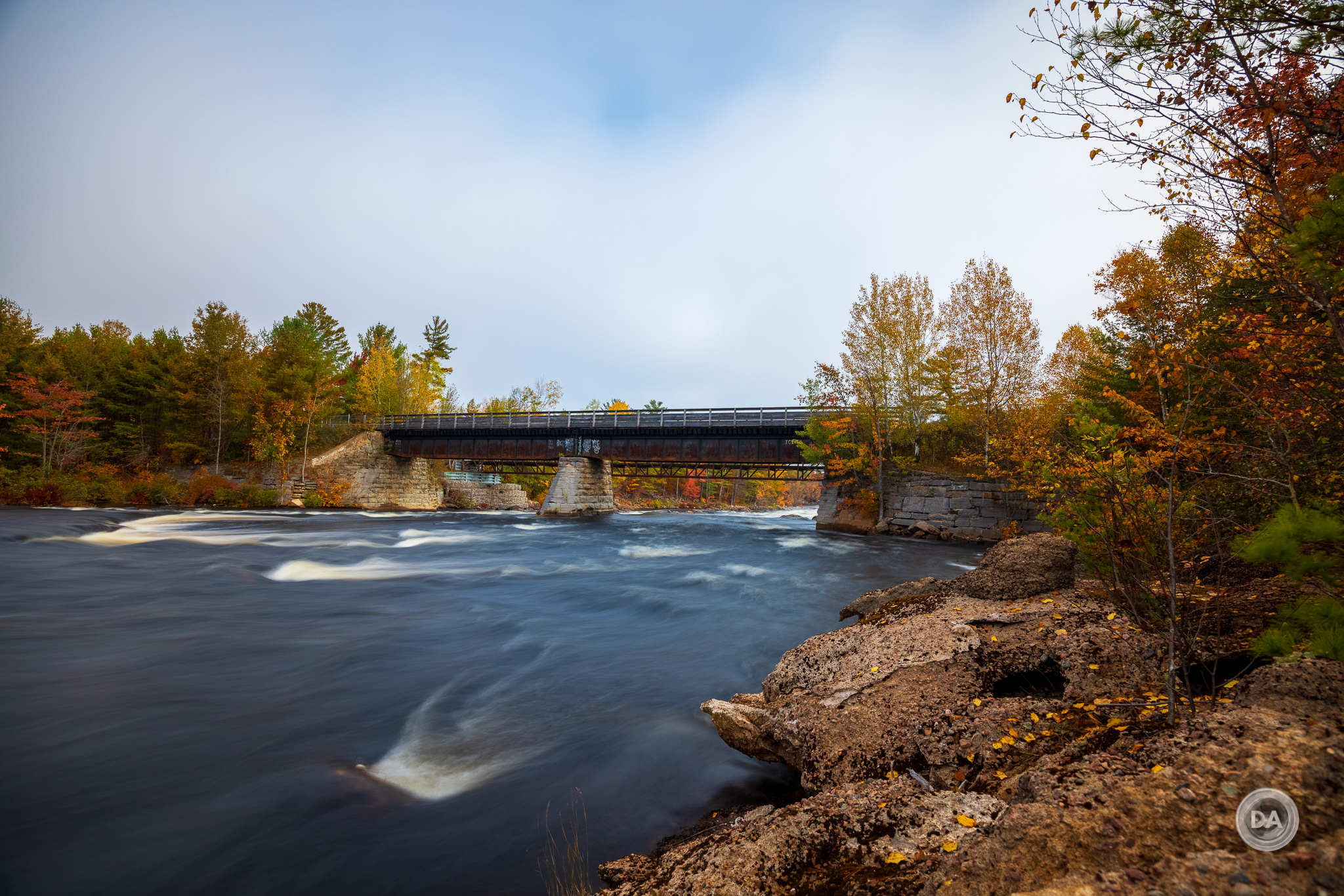


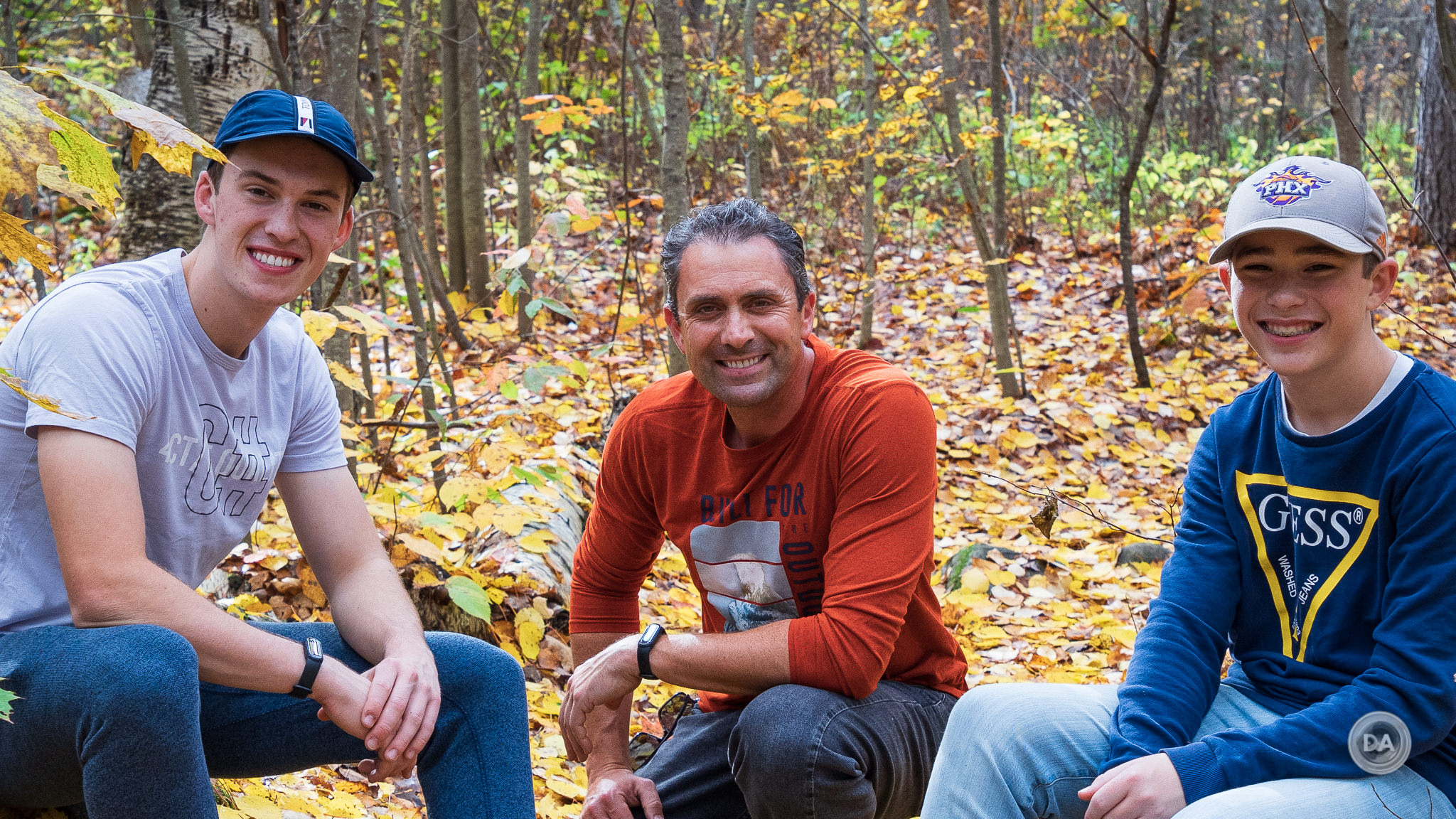


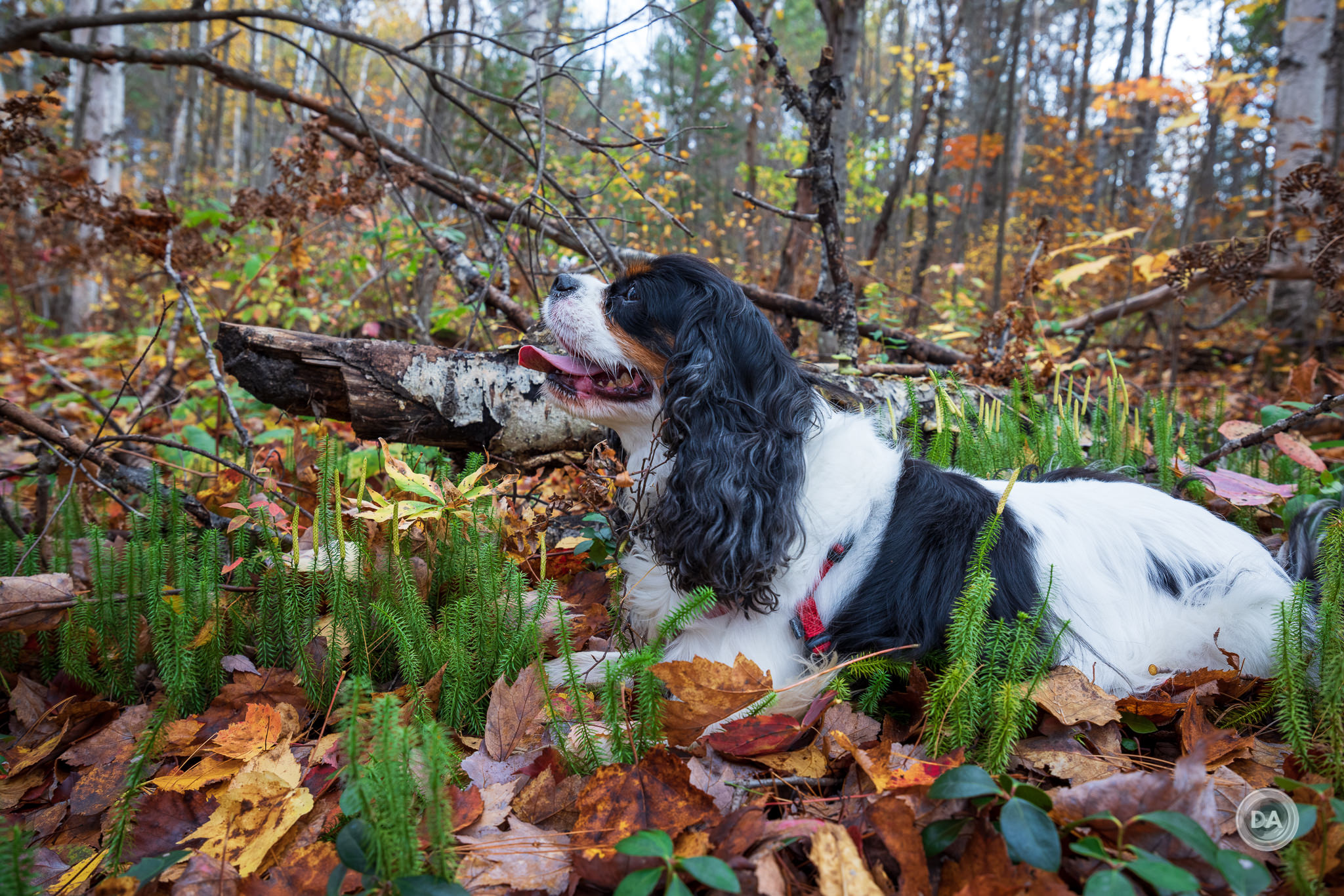


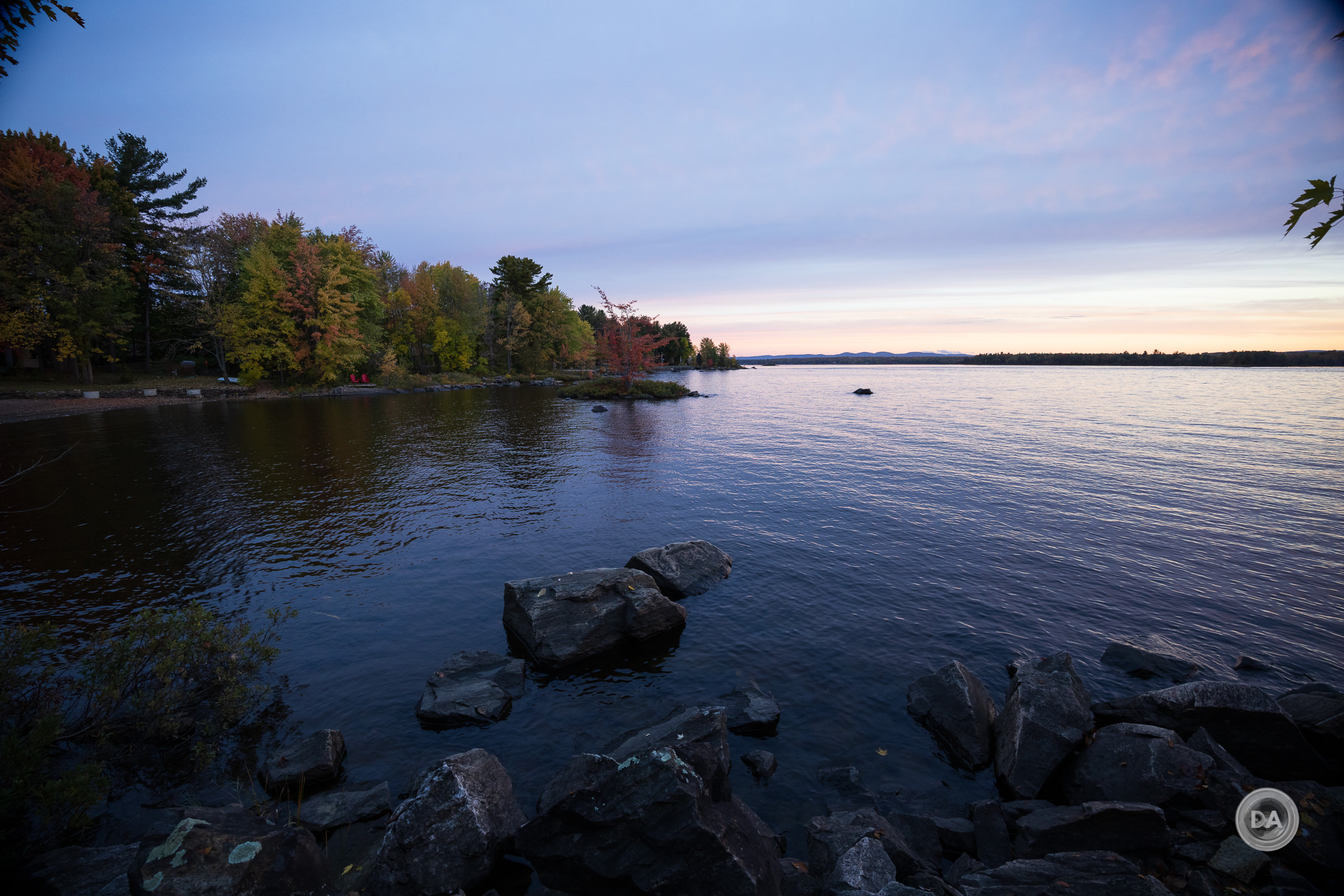
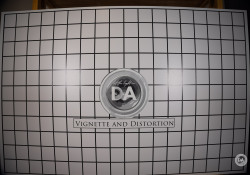
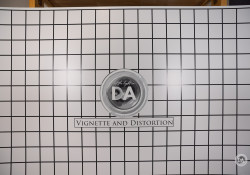


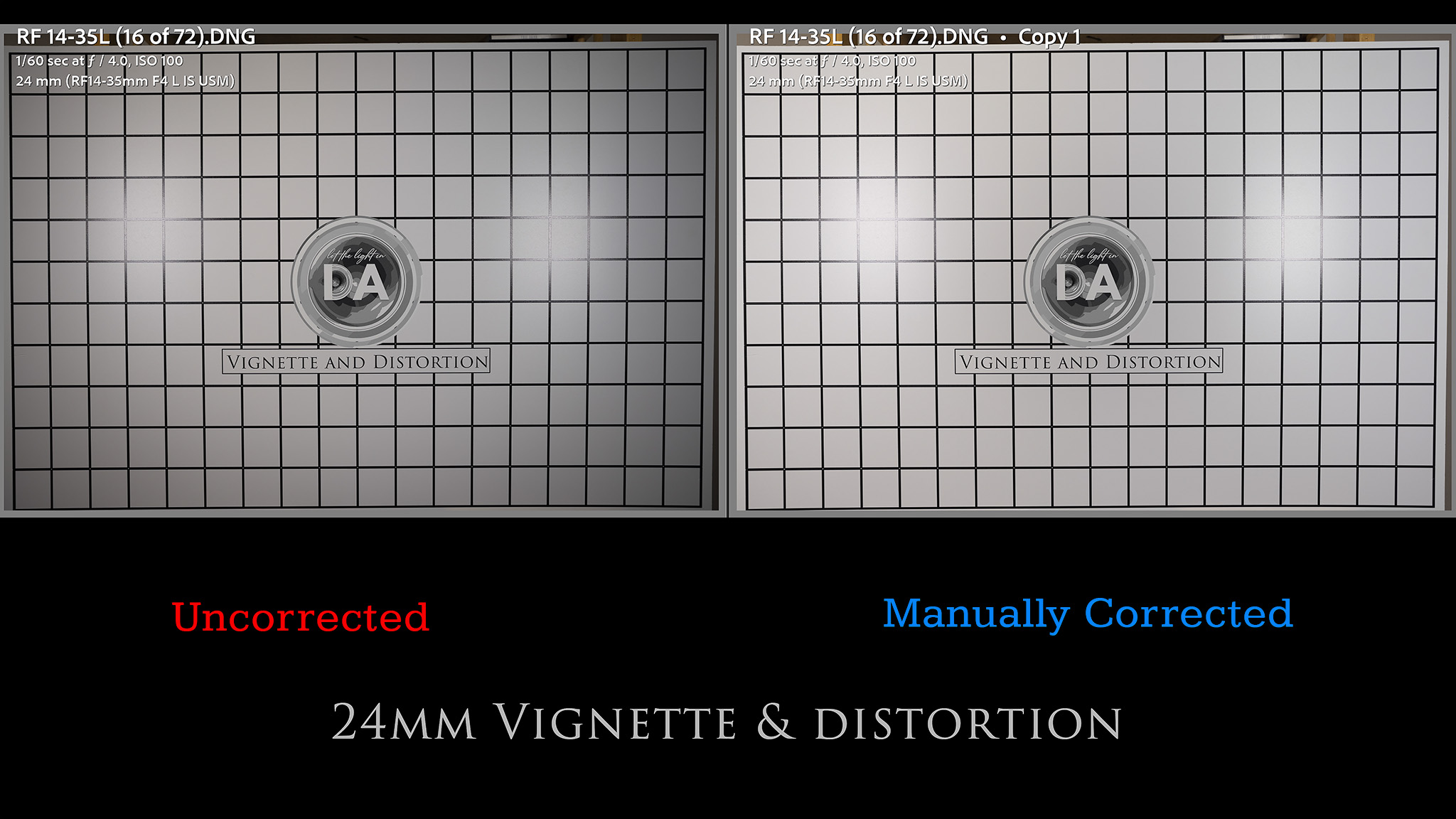
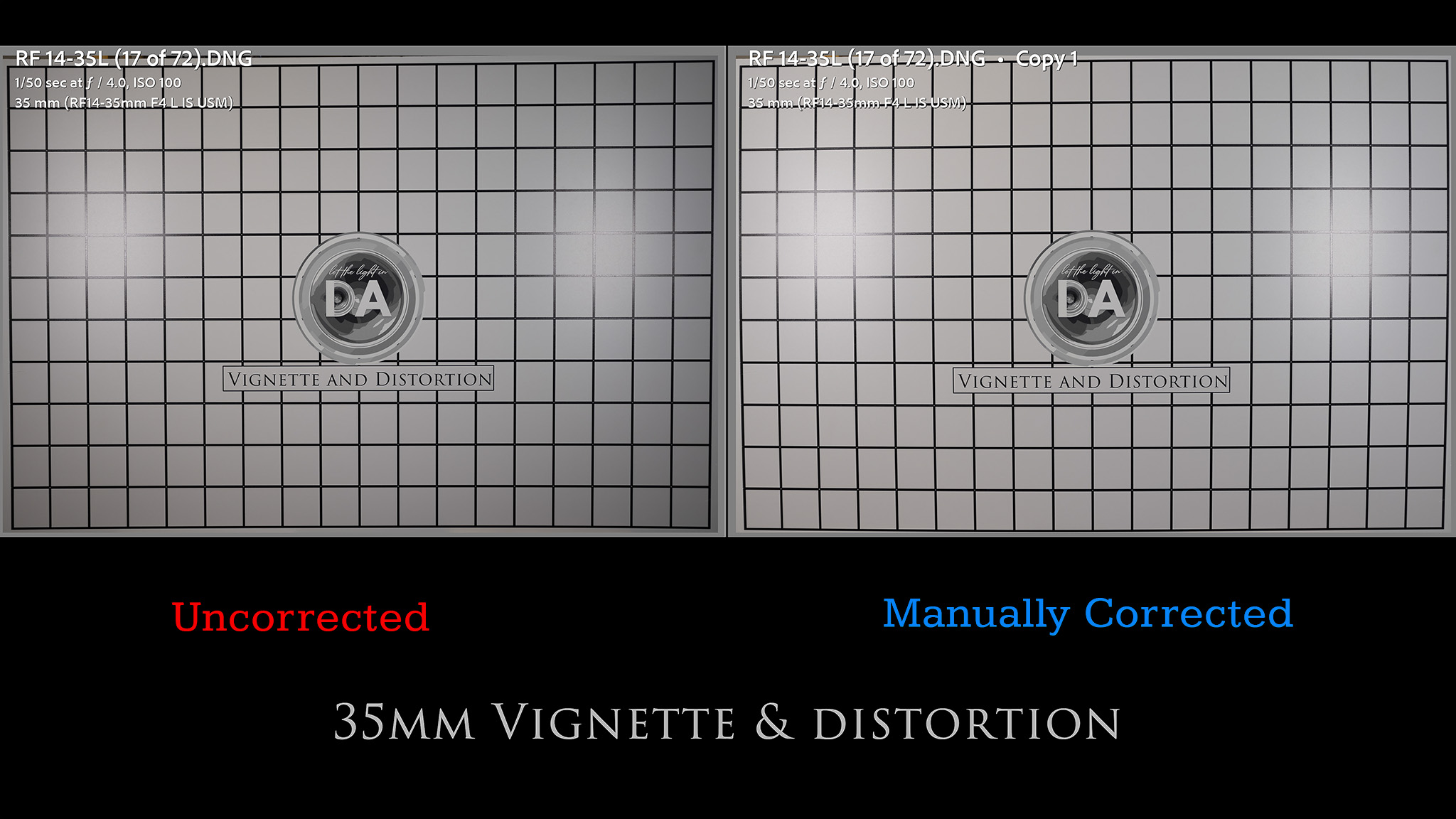










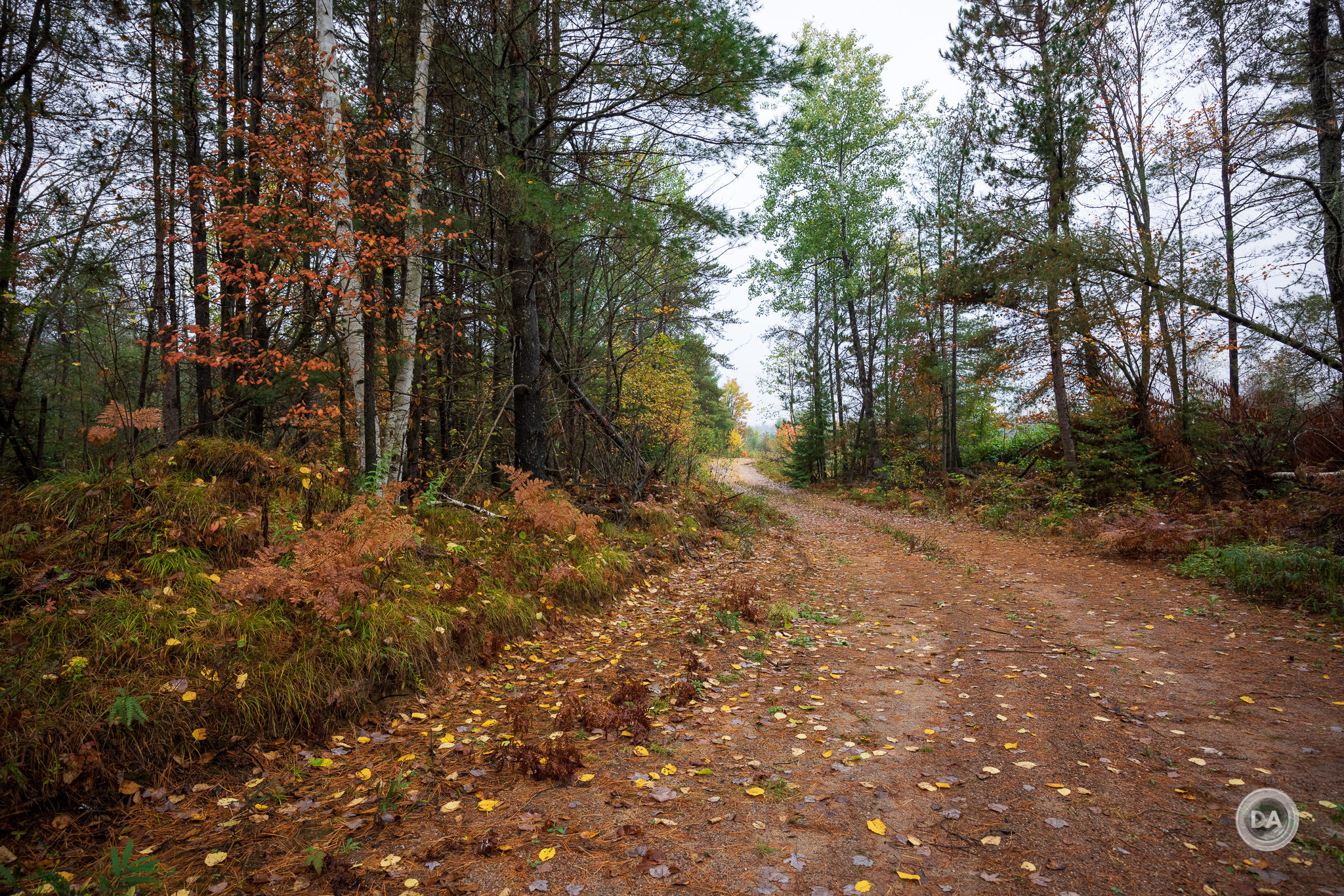



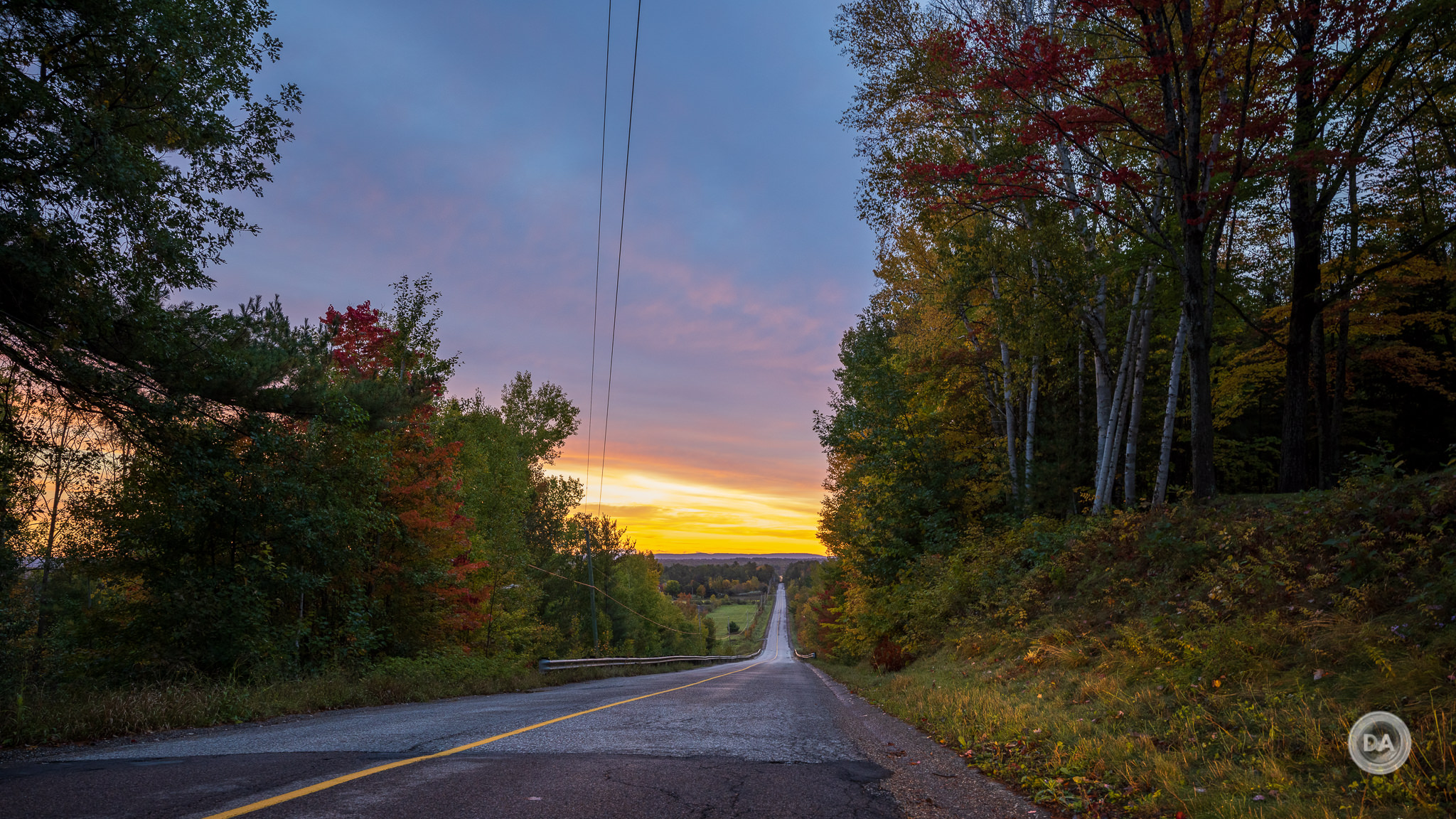
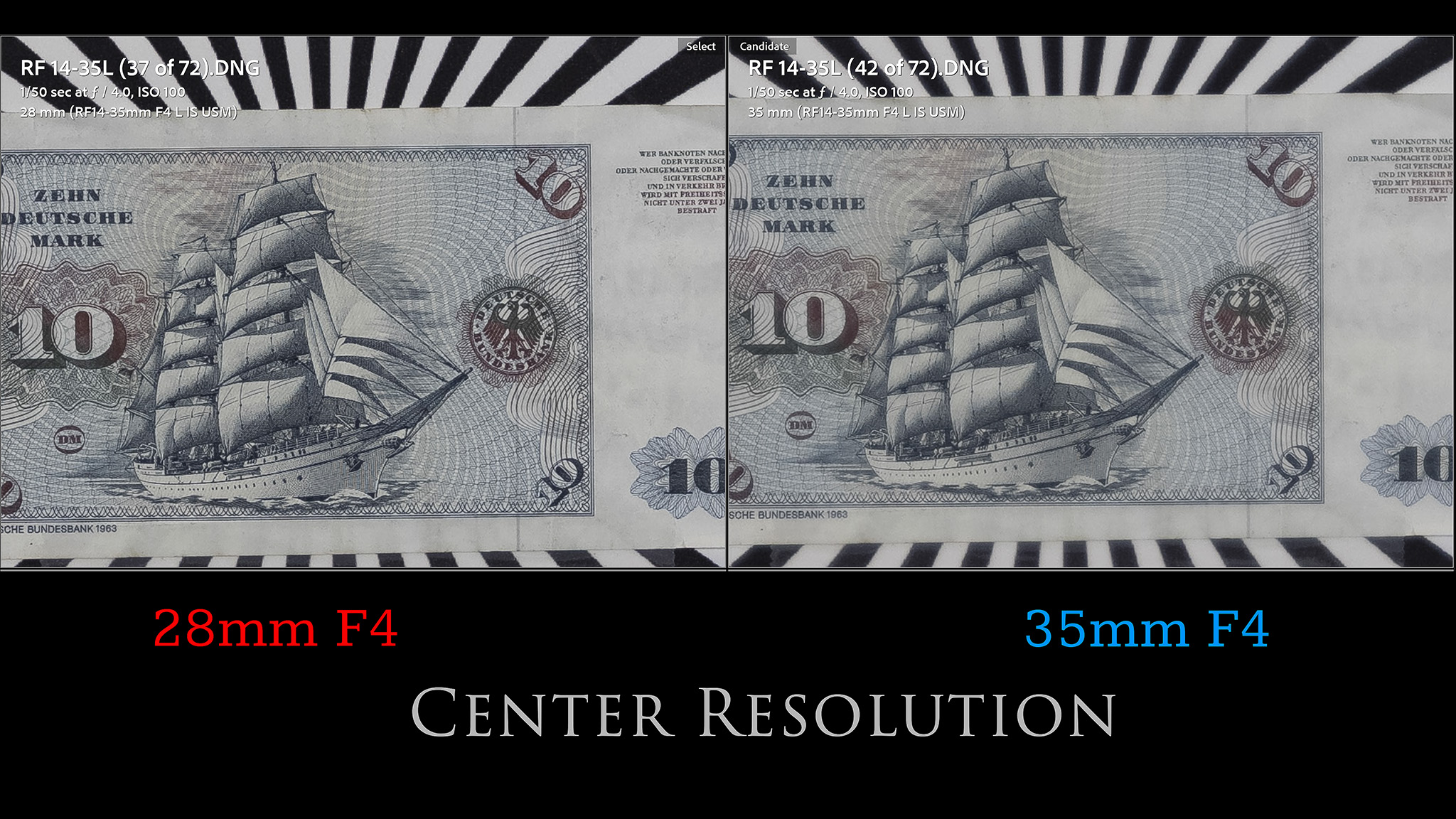
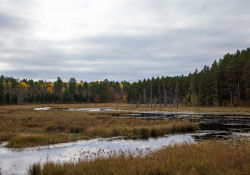




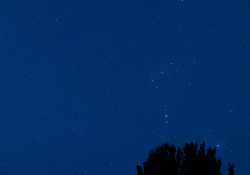



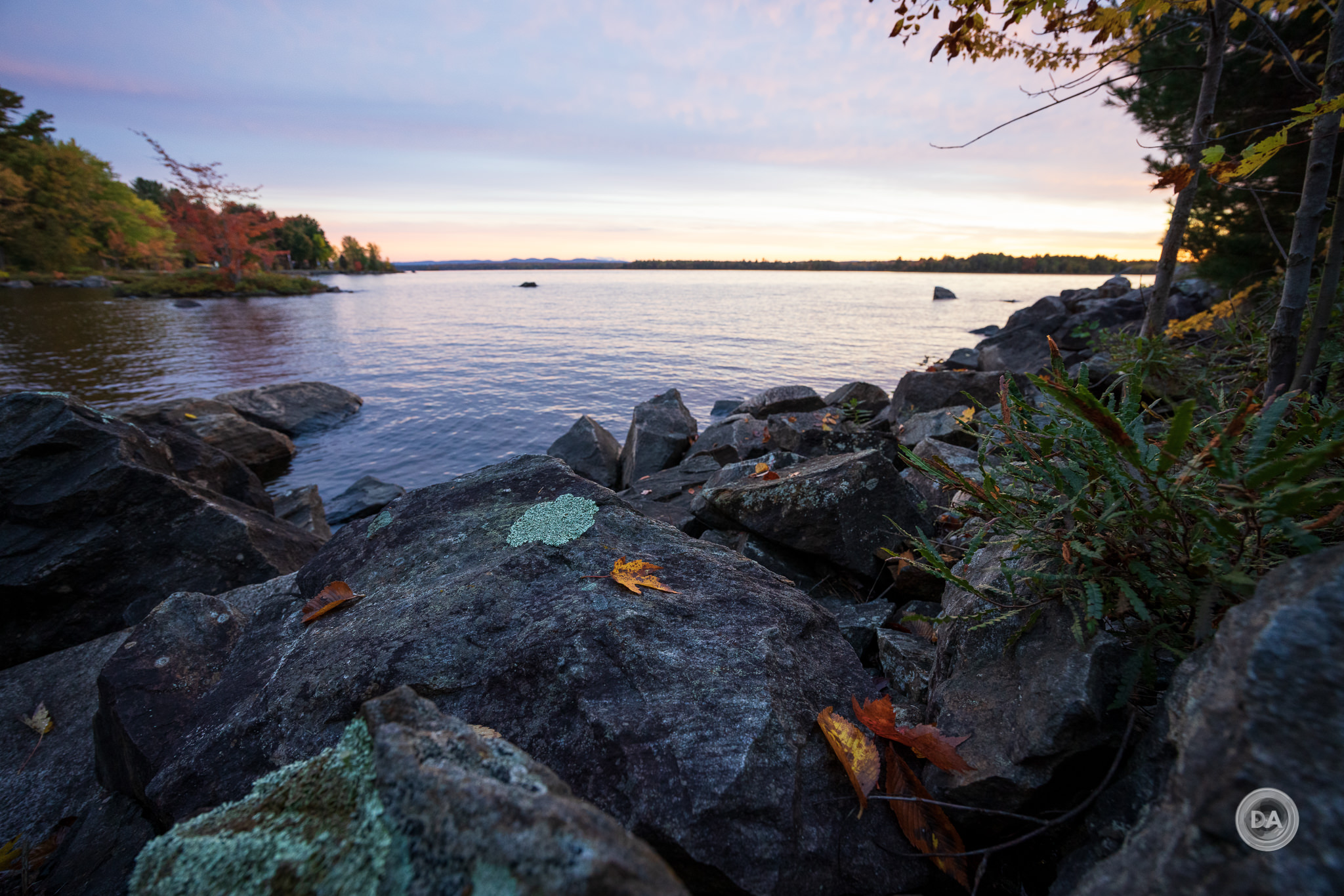
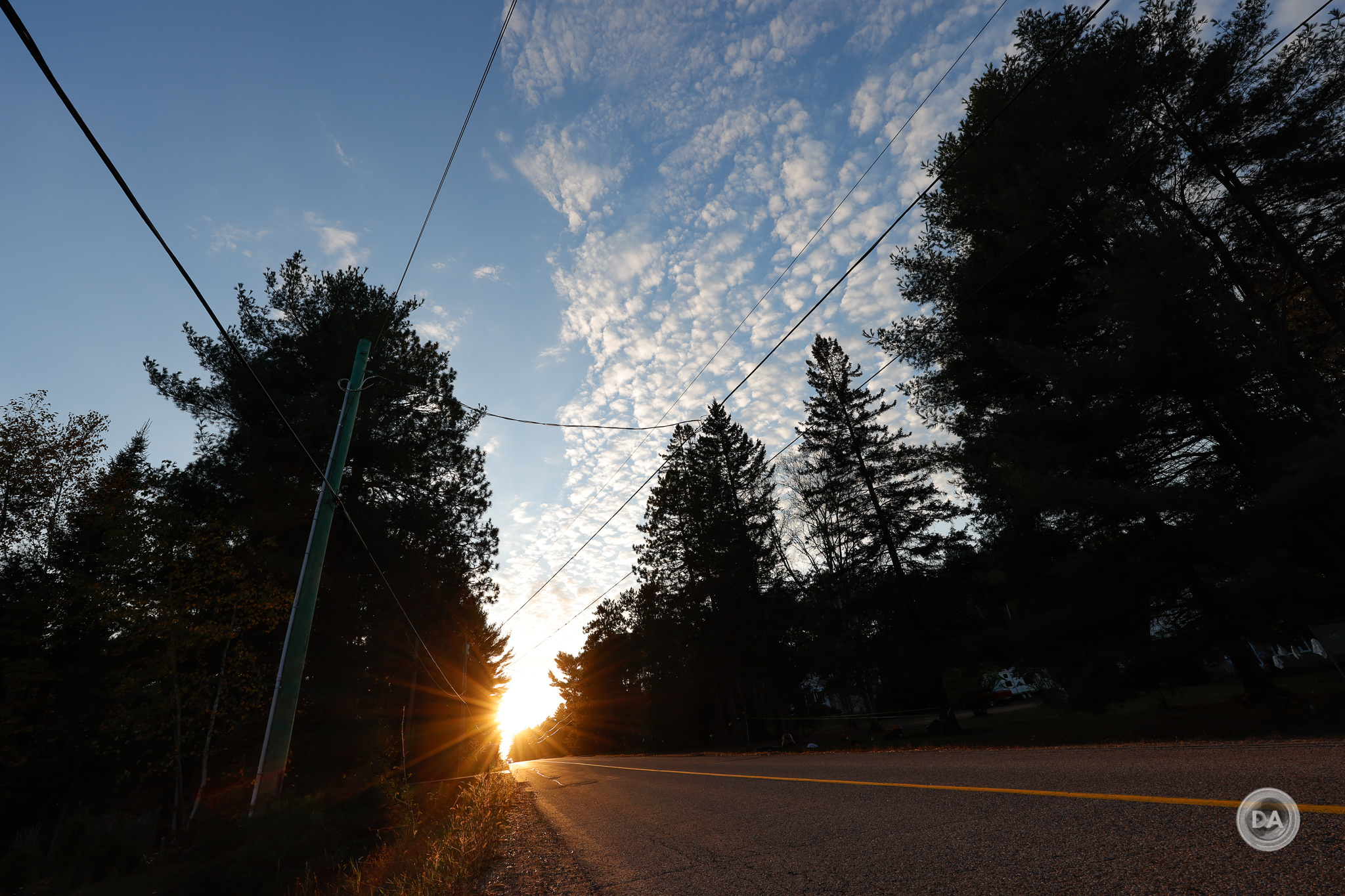
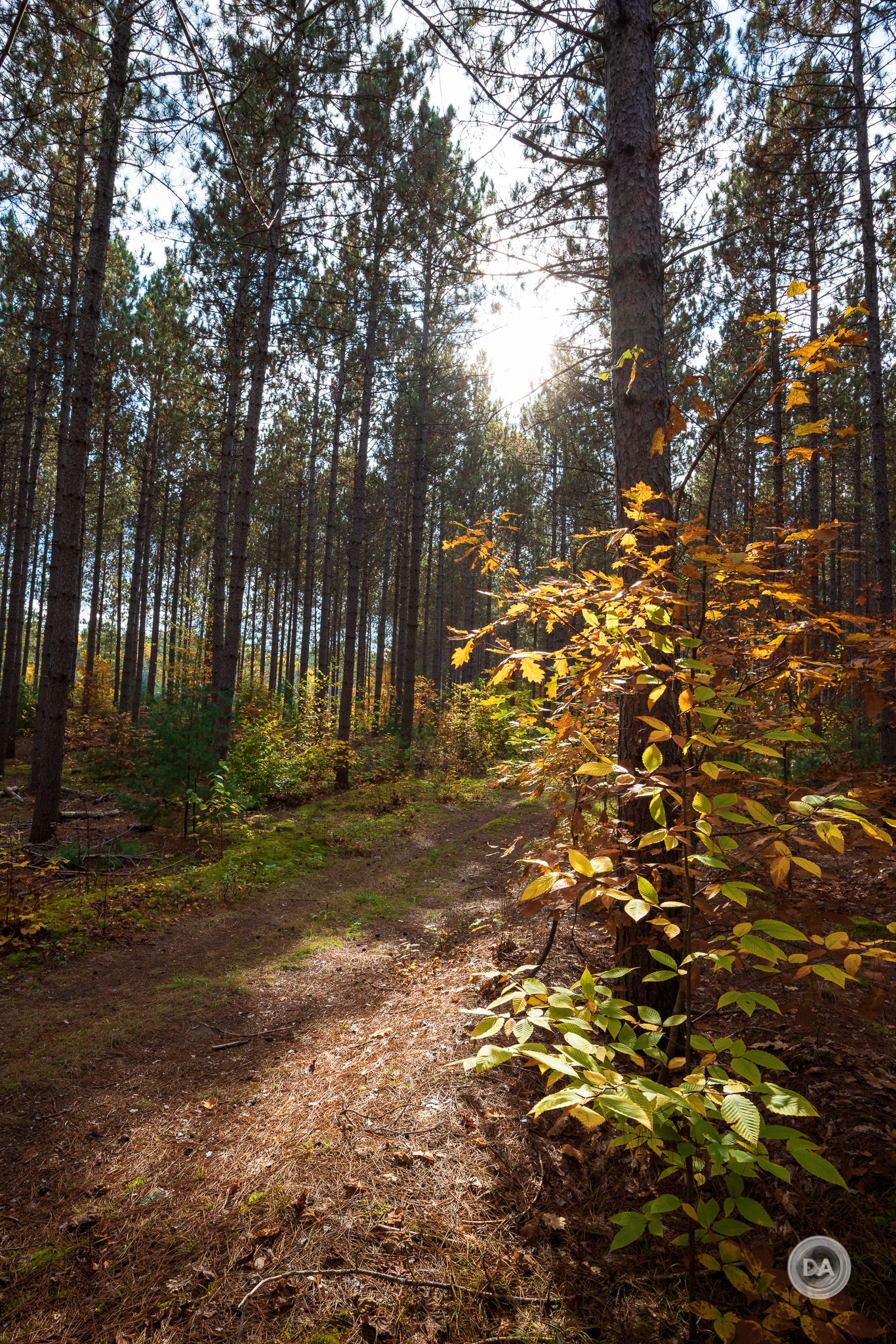


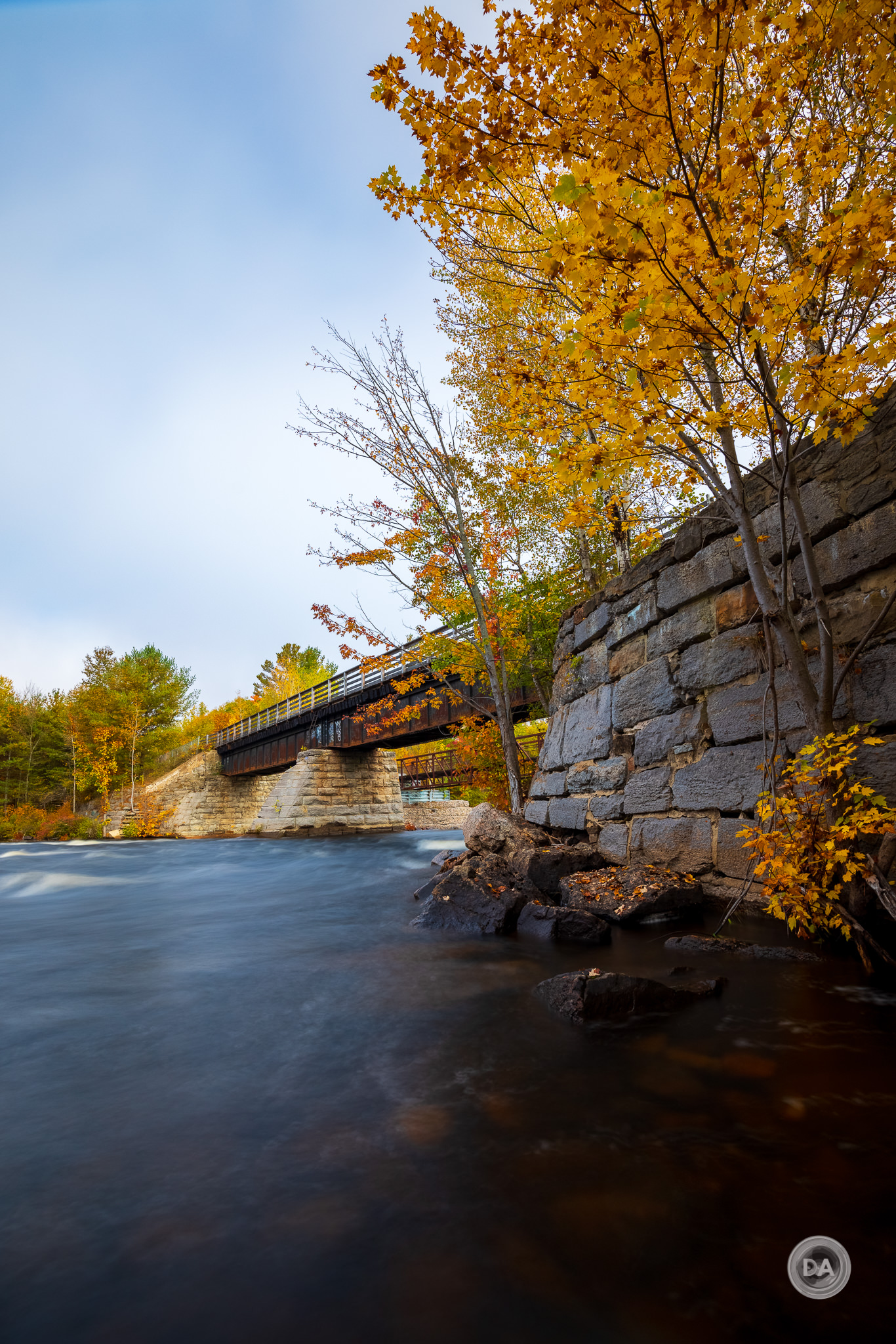


 Sirui Sniper 75mm F1.2 Review
Sirui Sniper 75mm F1.2 Review  Sirui Sniper 75mm F1.2 Gallery
Sirui Sniper 75mm F1.2 Gallery  Tamron 70-300mm F4.5-6.3 RXD Z-mount Review
Tamron 70-300mm F4.5-6.3 RXD Z-mount Review  Nikkor Z 40mm F2 Review
Nikkor Z 40mm F2 Review 





